
Thomas de Beauchamp, 11th Earl of Warwick, KG, sometimes styled as Lord Warwick, was an English nobleman and military commander during the Hundred Years' War. His reputation as a military leader was so formidable that he was nicknamed 'the devil Warwick' by the French. In 1348 he became one of the founders and the third Knight of the Order of the Garter.
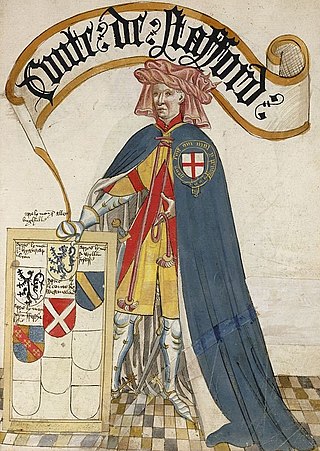
Ralph de Stafford, 1st Earl of Stafford, 2nd Baron Stafford, KG, of Stafford Castle and Madeley Castle in Staffordshire, was an English nobleman and a notable soldier during the Hundred Years' War against France.
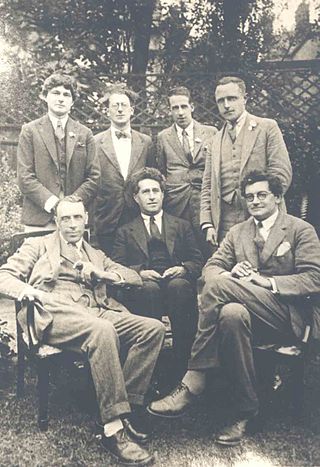
Ralph Hodgson, Order of the Rising Sun, was an English poet, very popular in his lifetime on the strength of a small number of anthology pieces, such as The Bull. He was one of the more 'pastoral' of the Georgian poets. In 1954, he was awarded the Queen's Gold Medal for Poetry.
John Rawdon, 1st Earl of Moira, known as Sir John Rawdon, Bt, between 1724 and 1750 and as The Lord Rawdon between 1750 and 1762, was an Irish peer.

John Neville, 3rd Baron Neville, was an English peer, naval commander, and soldier.

Henry Hastings, 5th Earl of Huntingdon, was a prominent English nobleman and literary patron in England during the first half of the seventeenth century.
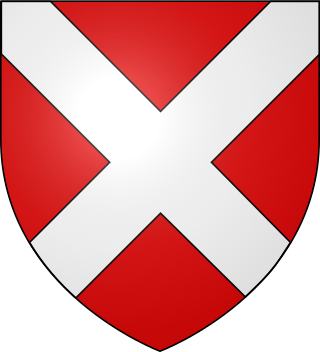
Ralph Neville, 2nd Baron Neville of Raby was an English aristocrat, the son of Ralph Neville, 1st Baron Neville de Raby by Eupheme de Clavering.
Sir William Herle (1270–1347) was a British justice. He was first appointed as an attorney for the Common Bench in 1291, and was appointed as a Serjeant-at-law for the Bench in 1299 and was in regular attendance until 1320. In 1315 he was made a King's Serjeant, and in 1320 replaced John Benstead as a junior justice for the Common Bench, being knighted in the same year. He was absent from the court for three terms in 1321 while sitting as a justice on an Eyre in London with Hervey de Stanton, but otherwise served continuously as a junior justice until he replaced Stanton as Chief Justice in 1327. He left in 1329 to serve on two Eyres in Nottinghamshire and Derbyshire, and returned in 1331. He left again in 1333, although he returned the same year, serving until 1335, making him one of only two Chief Justices of the Common Pleas to be appointed and then leave on three separate occasions; the other, Sir John Stonor, was his replacement on two of those occasions. He lived for another twelve years after retirement, dying in 1347.
Alice de Toeni, Countess of Warwick was a wealthy English heiress and the second wife of Guy de Beauchamp, 10th Earl of Warwick, an English nobleman in the reign of kings Edward I and Edward II. He was one of the principal opponents of Piers Gaveston, a favourite of Edward II. Alice married three times; Guy was her second husband.
Elizabeth Butler, Countess of Ormond, was the wife of Irish peer James Butler, 2nd Earl of Ormond, and the mother of his six children, including James Butler, 3rd Earl of Ormond.
Isabella de Beauchamp, Lady Kidwelly, Baroness Despenser, was an English noblewoman and wealthy heiress.
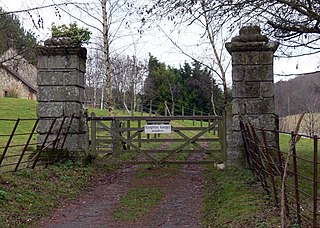
Knighton Gorges Manor was one of the grandest manor houses on the Isle of Wight, located in the hamlet of Knighton, near Newchurch.
Ralph Broome (1742–1805) was an English stockjobber, pamphleteer and satirical poet. Several of his works argued in defence of Warren Hastings during the latter's impeachment proceedings.
Sir John Radcliffe, was the son of Robert Radcliffe, 1st Earl of Sussex, and his third wife, Mary Arundell.
Sir Richard Hastings, Baron Welles, was the son of Sir Leonard Hastings and a younger brother of William Hastings, 1st Baron Hastings. He was a favourite of Edward IV, who granted him the lands of the baronies of Willoughby and Welles after he had married the heiress, Joan Welles. He fought at Tewkesbury. He died in 1503, and was buried at the Greyfriars, London.

Ralph de Greystoke, 1st Baron Greystoke, was an English peer and landowner.

William Greystoke, 2nd Baron Greystoke, of Greystoke in Cumbria, was an English peer and landowner.
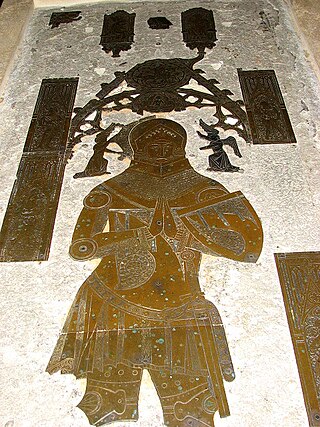
Sir Hugh Hastings I (c.1310–1347) was an English administrator and soldier. He fought for Edward III in the first phases of the Second War of Scottish Independence and the Hundred Years' War. His largely surviving monumental brass in Elsing Church in Norfolk is "one of the most celebrated of all English brasses".

Richard Stafford, 1st Baron Stafford of Clifton, Lord of Clifton, was an English soldier and diplomat during the Hundred Years' War. He was the second son of Edmund Stafford, 1st Baron Stafford and Margaret Basset, and the younger brother of Ralph Stafford, 1st Earl of Stafford.

Sir Adam de Everingham, 2nd Baron Everingham, Lord of Laxton, was an English noble who fought during the Second War of Scottish Independence and the Hundred Years' War.











